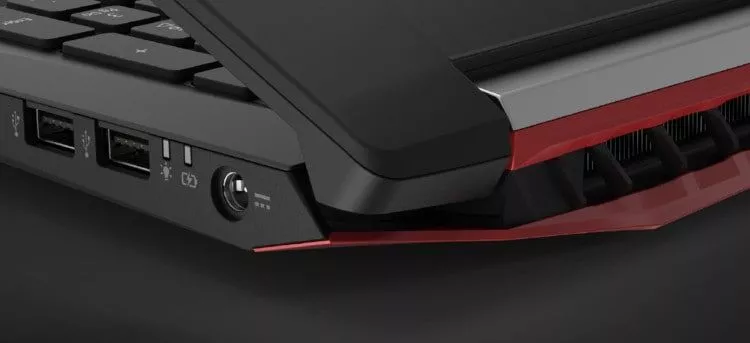Laptop cooling tips
Did you know that laptop cooling can be a crucial part of keeping your computer running smoothly? When your laptop is overheating, it can cause a wide range of problems, from crashes and freezes to data loss and corrupted files. By following these simple cooling tips, you’ll be able to keep your laptop running at its best – and avoid any unwanted problems.
-
Get A Laptop Cooler
If you’re experiencing problems with your laptop overheating, the first step is to get a cooler. There are many different types of laptop coolers on the market – from simple external fans to larger, more advanced models that include built-in cooling systems. Whichever type you choose, be sure to pick one that fits properly and is easy to use.
-
Keep Your Laptop Cool With A Fan
Another way to keep your laptop cool is by using a fan. You can buy a laptop fan separately, or you can install one into your computer’s case. Just be sure to keep the fan switched on when your laptop is in use – this will help to reduce temperatures significantly.
-
Use A Heat Shield
One last cooling tip is to use a heat shield. This device reduces the amount of heat radiating from your laptop’s CPU and GPU, helping to prevent them from overheating. Check out our full range of laptops for sale here!
1. Use Your Laptop on A Table or Desk When Possible

One of the biggest contributors to laptop overheating is excessive heat being emitted from the computer itself. To reduce this, try to use your laptop on a table or desk when possible. This will help you keep your lap cooler and also reduce any noise that may be produced by the fan(s).
2. Avoid Gaming Sessions When Your Laptop Is Overheated
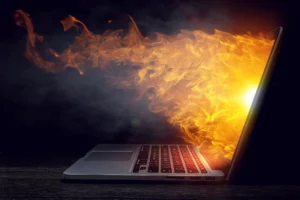
One of the worst things you can do when your laptop starts to overheat is to enter into a gaming session – this will only cause the computer to heat up even more. Instead, try to take a break and use your laptop in other ways when your laptop is overheating.
a) Keep an Eye on the Temperature
Finally, always keep an eye on the temperature of your laptop – if it starts to increase rapidly, it’s probably time to take a break and cool down your computer using one of our suggested methods.
b) Keep Your Laptop Clean
Another way to keep your laptop cool is by keeping it clean. By avoiding dust and other debris, you will reduce the amount of heat that is produced by your laptop. You can also try using a computer cooling pad if you feel that cleaning your laptop regularly isn’t feasible. 1. Remove Unnecessary Programs
One of the first things that you can do to reduce laptop temperatures is to uninstall any unnecessary programs. By removing these programs, you will free up space on your computer and also reduce the amount of heat that is being emitted from the system.
3. Choose Fewer Processor-Intense Tasks
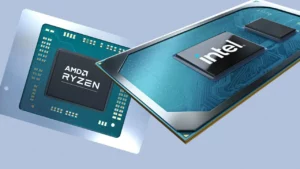
Another way to help cool down a laptop is by choosing fewer processor-intensive tasks. This will decrease the overall heat output from your computer and help to conserve battery life. 3. Keep Your Laptop Cool
The best way to keep your laptop cool is by using one of the following methods:
a) Place It on a Table or Desk When Possible
If you are able to place your laptop on a table or desk, this will help to reduce the amount of heat that is produced by the fan(s). You should also try to avoid playing games when your computer is overheating as this will only make matters worse.
b) Use a Cooling Pad
If placing your laptop on a table or desk is not possible, then you can try using a cooling pad. These pads are designed to keep laptops cool and help to reduce the amount of heat that is being emitted from the system.
4. Change Settings on Your Laptop

One other way to cool down your laptop is by changing the settings on the computer. By doing this, you can adjust things like the fan speed and also reduce noise levels.
Remove the Battery If Necessary
If all of these methods fail to cool down your laptop, you may need to remove the battery in order to reduce temperatures. If you are experiencing high temperatures on your computer, it may be a good idea to uninstall any unnecessary programs and choose fewer processor-intensive tasks. Additionally, if cooling is not possible or does not seem to be working very effectively, consider changing the settings on your computer or removing the battery in order to reduce system temperatures.
5. Routine Maintenance and Battery/Charger Management
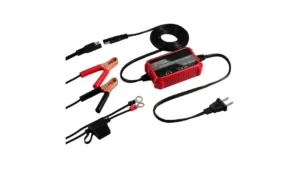
Another key aspect to keeping your laptop cool and preserving its battery is regular maintenance. This includes ensuring that all systems are running as efficiently as possible and performing specific tasks like regularly cleaning the fan vents. Additionally, make sure to use a charger designed for laptops when possible (many of these chargers have cooling features). Finally, keep an eye on your battery health by monitoring the percentage remaining often. When you notice that it is getting low, replace the battery as soon as possible in order to preserve power and keep your laptop running smoothly.
6. Work on a Laptop Cooling Mat

If all else fails, consider purchasing a laptop cooling mat to help regulate system temperatures. These mats are made of materials like rubber and foam that work to absorb heat from your laptop while it is in use. This will help keep the computer cooler and reduce noise levels as well.
7. How to Stop a Laptop From Overheating
 If your laptop is overheating, there are a few things you can do in order to reduce the temperature. First, close any programs that are not necessary and choose fewer processor-intensive tasks. Additionally, try to place your laptop on a cool surface when using it and remove any external devices when possible (especially if they are causing excess heat). If these methods fail or do not seem to be working very well, consider removing the battery in order to decrease system temperatures.
If your laptop is overheating, there are a few things you can do in order to reduce the temperature. First, close any programs that are not necessary and choose fewer processor-intensive tasks. Additionally, try to place your laptop on a cool surface when using it and remove any external devices when possible (especially if they are causing excess heat). If these methods fail or do not seem to be working very well, consider removing the battery in order to decrease system temperatures.
8. Don’t Use Whilst Charging

One of the worst things you can do when it comes to your laptop is to use it whilst it’s charging. This will cause increased heat levels and could damage your battery in the long run. Instead, wait until your laptop has fully charged before using it.
9. Monitor Laptop Battery Health
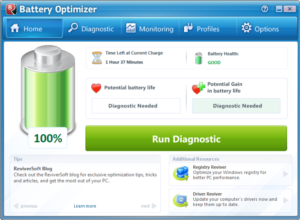
It is important to monitor your laptop’s battery health in order to ensure that it is running smoothly and maintaining power levels. Checking the percentage remaining often can help you detect when it is time to replace the battery.
10. Check the BIOS settings
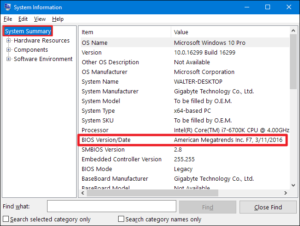
Some laptops have features that can be used to reduce overheating. For example, you may be able to adjust the fan speed or change the power settings. If these steps do not seem to be working, it may be necessary to replace your laptop’s cooling system.

